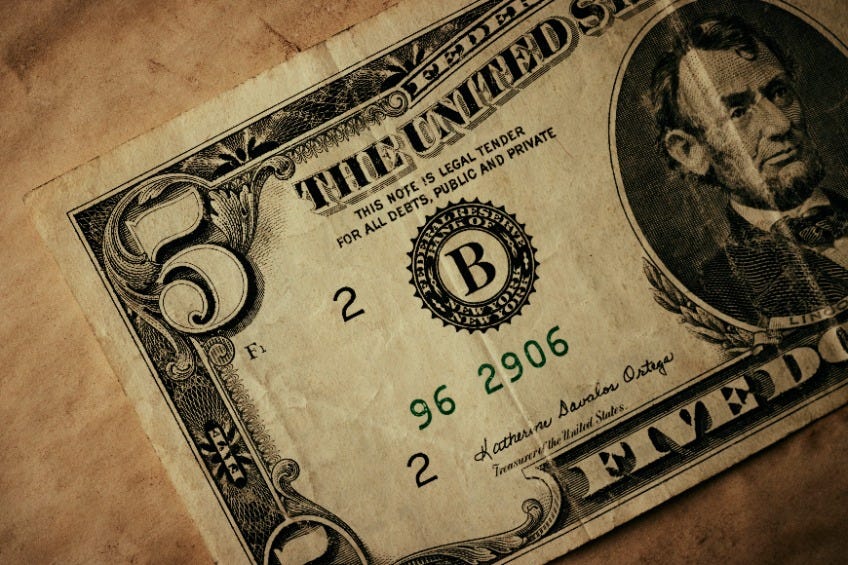Today In Black History
Mother Emmanuel AME Church in South Carolina: Black History Facts You Should Know!
Issue #436 Black History Tuesday, December 12, 2023
Welcome to this Today in Black History post. Black History IS American History, no matter how hard some people try to erase our history and contributions.
A lot of this information is available at yenoba.com, blackfacts.com, and onthisday.com.
This post is free to read/listen to free for three days. To have 365 24/7 access to all our posts and podcast episodes and financially support “We Are Speaking” for no more than $5 per month, please subscribe at the paid level.
Today’s Black WOW!
Mother Emmanuel African Methodist Episcopal (AME) Church in Charleston, South Carolina was founded in 1818 by Reverend Morris Brown and Reverend Denmark Vesey. Reverend Brown was a former slave who was ordained by Richard Allen, the founder of the AME Church. HBCU Morris Brown College is named for Rev. Brown.
Reverend Vesey, on the other hand, was a prominent figure in the fight against slavery and a key organizer of what would later be known as the Denmark Vesey slave revolt. The two men joined forces to establish a place of worship that would become a stronghold for the African-American community in Charleston.
The honorarium “Mother” is usually given to the oldest AME church in the city where the church is located.
Throughout its history, Mother Emmanuel AME Church provided a sanctuary for African Americans seeking solace and spiritual guidance. The church became a center for resistance and community organization, as well as a place where slaves could freely express themselves and nurture their faith.
One of the most pivotal moments in the church's history occurred on June 17, 2015. A white supremacist named Dylann Roof entered the church during a Bible study session and opened fire, killing nine African-American churchgoers, including the senior pastor, Reverend Clementa Pinckney. Because Rev. Pinckney was also a state senator, his murder was elevated to “assassination” status. Then-president Barack Obama gave the eulogy at the funeral of Rev. Pinckney, with all of the national bishops of the AME Church in attendance.
Dylan Roof was following the right-wing meme of the “white replacement” theory, which posits that the number of white people in America is being decreased as the number of non-whites is growing.
The response to the Charleston church shooting was a testament to the resilience and strength of the Mother Emmanuel Bethel AME Church community. Rather than succumbing to anger and despair, they rallied together, embracing forgiveness and unity. The incident ignited a national conversation on race relations and sparked a movement for the removal of Confederate symbols, including the removal of the Confederate flag from the South Carolina statehouse. by then-governor Nikki Haley.
Today In Black History
- In 1754, Benjamin Banneker, a Black mathematician, astronomer, and inventor, completed the first clock made entirely in America. Banneker also published a yearly almanac and completed the initial surveying and boundary sites of the land for the District of Columbia after being recommended by Thomas Jefferson, even after Banneker questioned the slave-holding status of Jefferson.
- In 1870, Joseph Hayne Rainey became the first Black person elected to Congress from South Carolina.
- In 1872, U.S. Attorney General George Williams sent a telegram to “Acting Governor Pinchback” stating that President Ulysses S. Grant recognized the Black politician as the lawful executive of Louisiana.
- In 1899, George F. Grant patented the wooden golf tee.
- In 1938, the U.S. Supreme Court ruled that Missouri must provide equal educational facilities within state boundaries.
- In 1963, the African national of Kenya declared its independence from Britain and elected Jomo Kenyatta as its first president.
- In 1975, the National Association of Black Journalists was founded.
- In 1995, Willie Lewis Brown defeated incumbent mayor Frank Jordan to become the 1st African-American mayor of San Francisco.
Let’s discuss these facts in our community on Substack Notes. When you join Notes, you can also read other Substack publications without having to subscribe to them.





